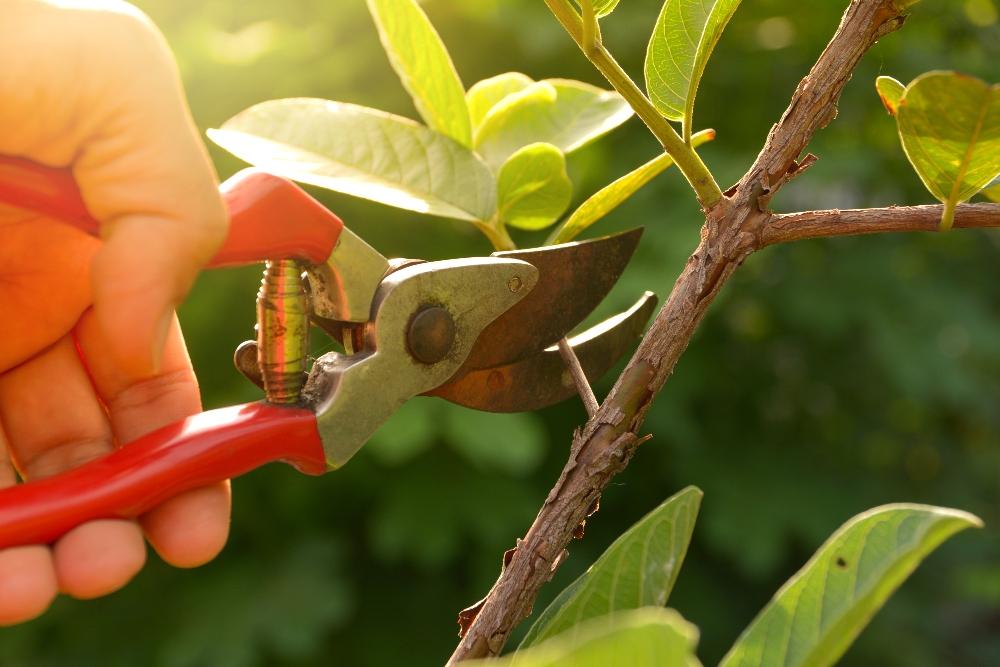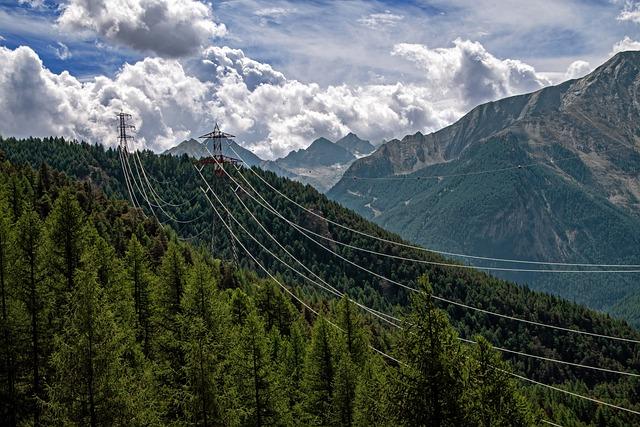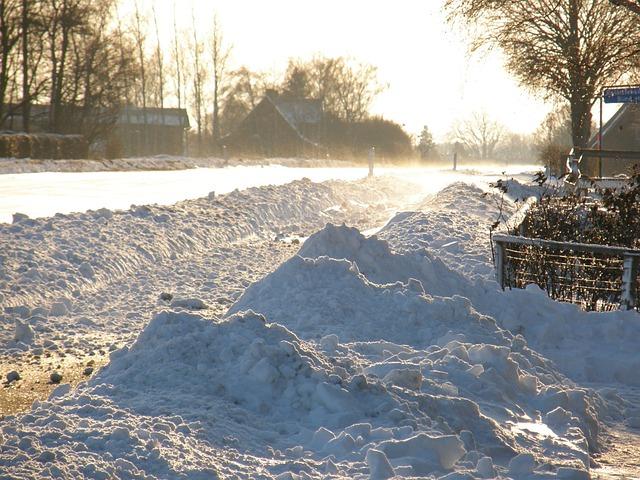Pruning trees plays a vital role in enhancing fruit production and overall tree health. By understanding the best practices for pruning, gardeners and orchardists can maximize yield and quality of their fruits. In this article, we will explore the importance of pruning in fruit production, as well as tips and techniques for effectively pruning trees to achieve desired results.
Understanding the Science Behind Pruning Techniques
Pruning fruit trees is not just a random task, but rather a science that involves understanding the biology of the tree and how it responds to different pruning techniques. By learning about how trees grow, you can effectively shape your tree to produce more fruit and improve overall health. Proper pruning can encourage new growth, improve air circulation, and increase sunlight exposure, all of which are essential for maximizing fruit production.
Timing and Frequency of Pruning for Maximum Yields
Timing and frequency of pruning are crucial factors that can significantly impact the productivity of your fruit trees. Knowing when to prune and how often can help promote fruiting wood development and prevent over-pruning, which can weaken the tree and reduce yields. It’s essential to prune during the dormant season to minimize stress on the tree and promote vigorous growth in the spring.
Q&A
Q: Why is pruning important for fruit trees?
A: Pruning helps improve air circulation and sunlight exposure, leading to better fruit production.
Q: When is the best time to prune fruit trees?
A: The ideal time to prune fruit trees is during the dormant season, typically in late winter or early spring.
Q: How should I prune my fruit trees to enhance fruit production?
A: It is important to remove dead or diseased branches, as well as any crossing branches that may be inhibiting growth. Focus on creating an open canopy to allow sunlight to reach the fruit-bearing branches.
Q: Can excessive pruning harm my fruit trees?
A: Yes, excessive pruning can stress the tree and lead to reduced fruit production. It is important to follow proper pruning techniques and not remove more than 20-30% of the canopy in a single pruning session.
Q: Are there any specific pruning techniques for different types of fruit trees?
A: Yes, each type of fruit tree may require different pruning techniques. For example, apple trees benefit from spur pruning to encourage fruit production, while peach trees may require more aggressive pruning to maintain productivity.
Q: What tools do I need for pruning my fruit trees?
A: You will need pruning shears, loppers, and possibly a pruning saw for larger branches. It is important to keep your tools sharp and clean to make clean cuts and prevent the spread of disease.
Q: How long will it take to see the results of pruning in enhanced fruit production?
A: It may take a year or two for the full effects of pruning to be seen in increased fruit production. Patience is key when it comes to pruning fruit trees.
Conclusion
In conclusion, proper pruning is a crucial technique for enhancing fruit production in trees. By following the guidelines outlined in this article, you can promote healthy growth, improve air circulation, and maximize sunlight exposure for your fruit trees. Remember to regularly assess the condition of your trees and adjust your pruning techniques accordingly. With patience and diligence, you can achieve bountiful harvests and maintain the overall health of your fruit trees for years to come. Thank you for reading and happy pruning!
Simpsons Tree Services, Servicing Melbourne’s North Eastern Suburbs
Book a quote online at www.simpsonstrees.com.au




